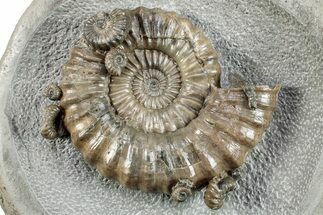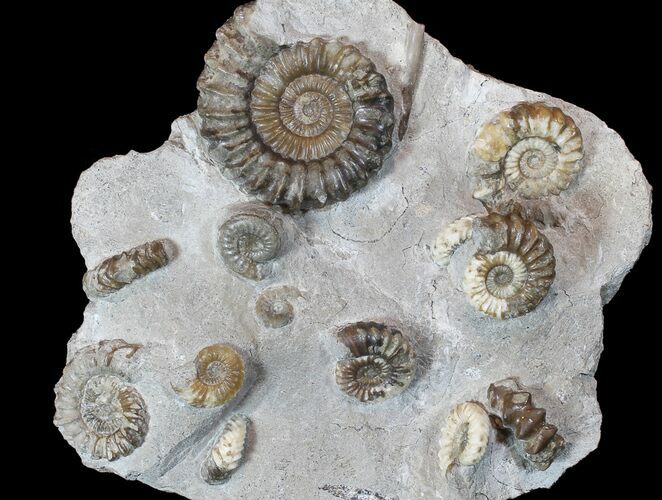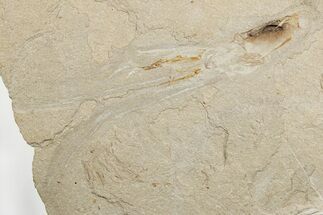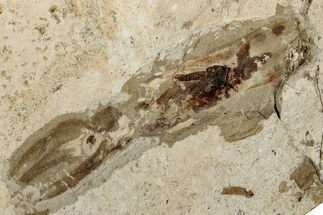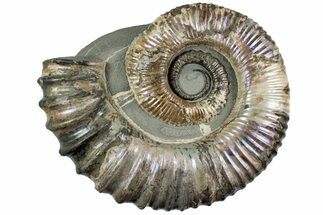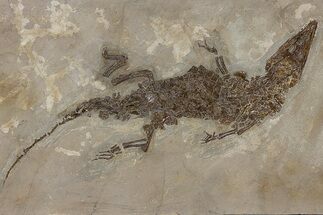This Specimen has been sold.
Gorgeous Androgynoceras Ammonite Cluster (13) - Germany
This is an aesthetic cluster featuring a total of 13 ammonites in a natural association, along with several partial belemnites and impressions of more ammonites. The majority of the ammonites are of the Androgynoceras genus. There is one nicely-repaired crack running through the rock, but no other repairs or restoration that we can see. It makes a beautiful presentation on the included acrylic display stand.
Ammonites were predatory cephalopod mollusks that resembled squids with spiral shells. They are more closely related to living octopuses, though their shells resemble that of nautilus species. True ammonites appeared in the fossil record about 240 million years ago during the Triassic Period. The last lineages disappeared 65 million years ago at the end of the Cretaceous.
SPECIES
Androgynoceras sp.
AGE
LOCATION
Niedersachsen, Germany
SIZE
Largest ammonite 2.3"
CATEGORY
SUB CATEGORY
ITEM
#77958
We guarantee the authenticity of all of our
specimens. Read more about our
Authenticity Guarantee.
specimens. Read more about our
Authenticity Guarantee.
 Reviews
Reviews

